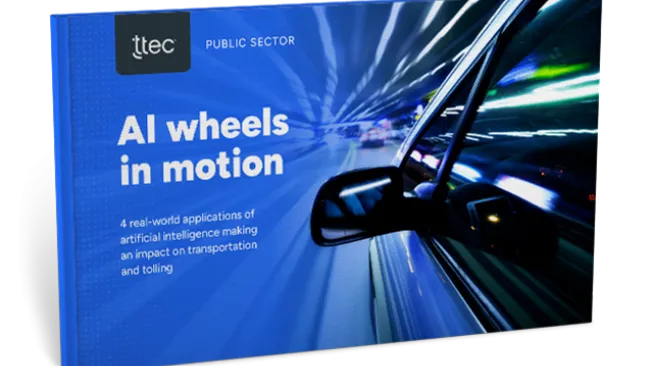The Internet of Things, mobile technology, and omnichannel marketing stand among the many innovations transforming the customer experience.
Marketing has become a fundamental driver of IT purchasing. In fact, Gartner analyst Laura McLellan predicts that by 2017, CMOs will spend more on IT than their counterpart CIOs. While marketing optimization technologies create numerous opportunities for enterprises, there’s a complexity in identifying which ones will work best and deciding how to blend them with marketers’ current approaches.
Whether you work for a startup or a large enterprise, creating a strategy for assessing new tools and solutions should be every marketer’s first step. It’s easy to get distracted by the promises of the latest platform, technology, or tool but marketers need to stay focused on their customers and business goals. Here are three things marketers should avoid when implementing a new marketing tool or technology.
Don’t tie yourself to one platform
The technology space is evolving so quickly that companies will be wise not to tie themselves to one type of solution or platform. Lightweight integrations are a viable alternative since they allow marketers to experiment with new features without having to overhaul their systems. But before choosing a product and testing an integration, marketers must make sure they have clearly identified the value propositions that they want to achieve.
Don’t get embroiled in useless metrics
Avoid metrics like the number of website visits, app downloads, social likes, or raw impressions. These numbers are easily manipulated and aren’t necessarily associated with the results that matter, like the number of engaged users and the cost of getting new customers. Rather, focus on numbers that make a measurable impact to the top or bottom line of the business, like customer retention and growth (from a revenue perspective).
Don’t forget to ask what went wrong
When the integration is completed, marketers should ask themselves what they learned from the process. Decisions like figuring out what worked and what specific features to discontinue or keep may result from this post-mortem process. Admitting failure is very difficult, but there can be as much value, if not more, in understanding what went wrong with an unsuccessful experiment.
The stakes are high for marketers to engage new and existing customers to ultimately drive more revenue. Therefore, it’s critical that companies first prioritize their technology goals to deliver the most effective and engaging experience. Knowing what will deliver the best results becomes increasingly difficult, as marketers today are faced with constantly emerging technologies and increasing consumer expectations. There are hundreds of marketing tools on the market so marketers must stay abreast of new technologies and decide which ones will work best for their enterprises and ultimately deliver the best experience for their customers.
Also, check out the most recent issue of our e-newsletter.
The Don’ts of Marketing Technology Integration















